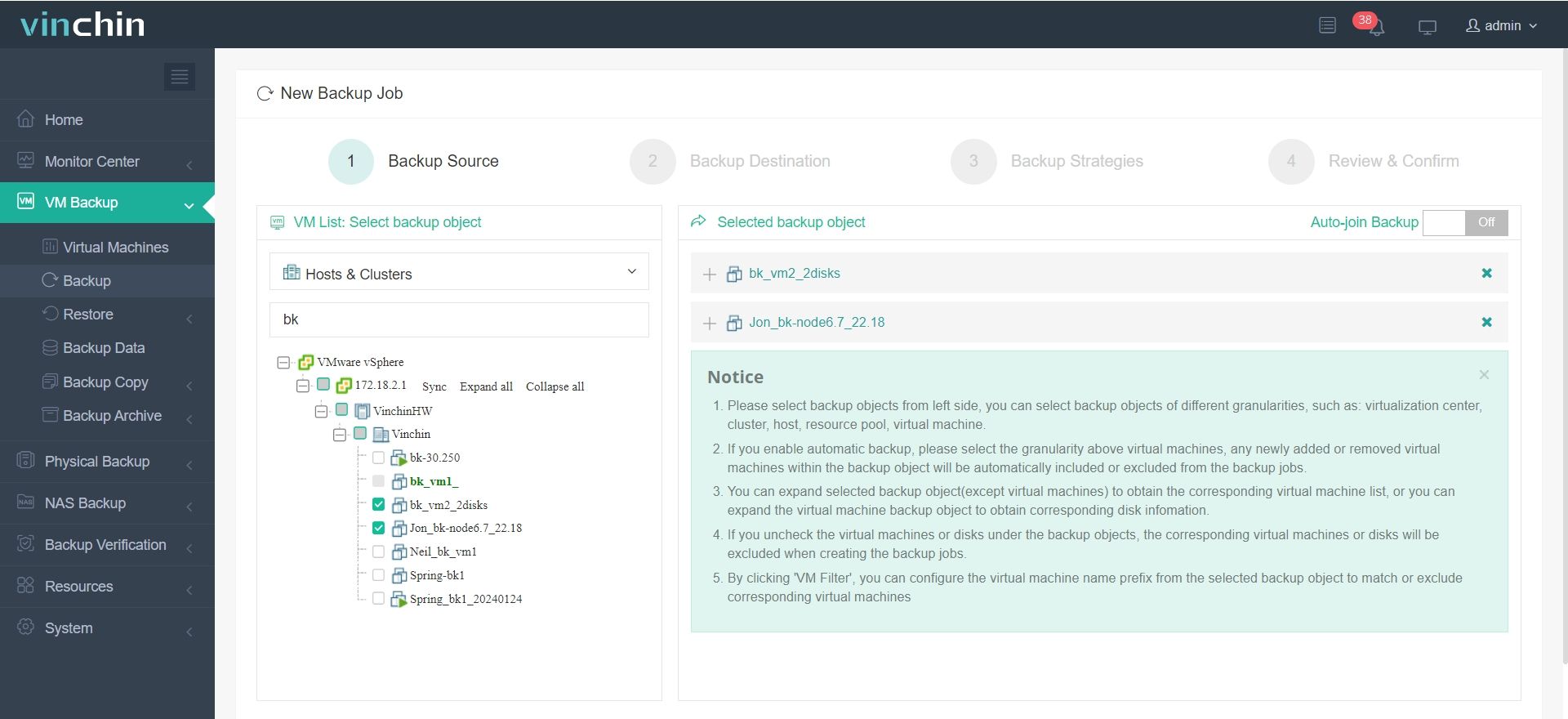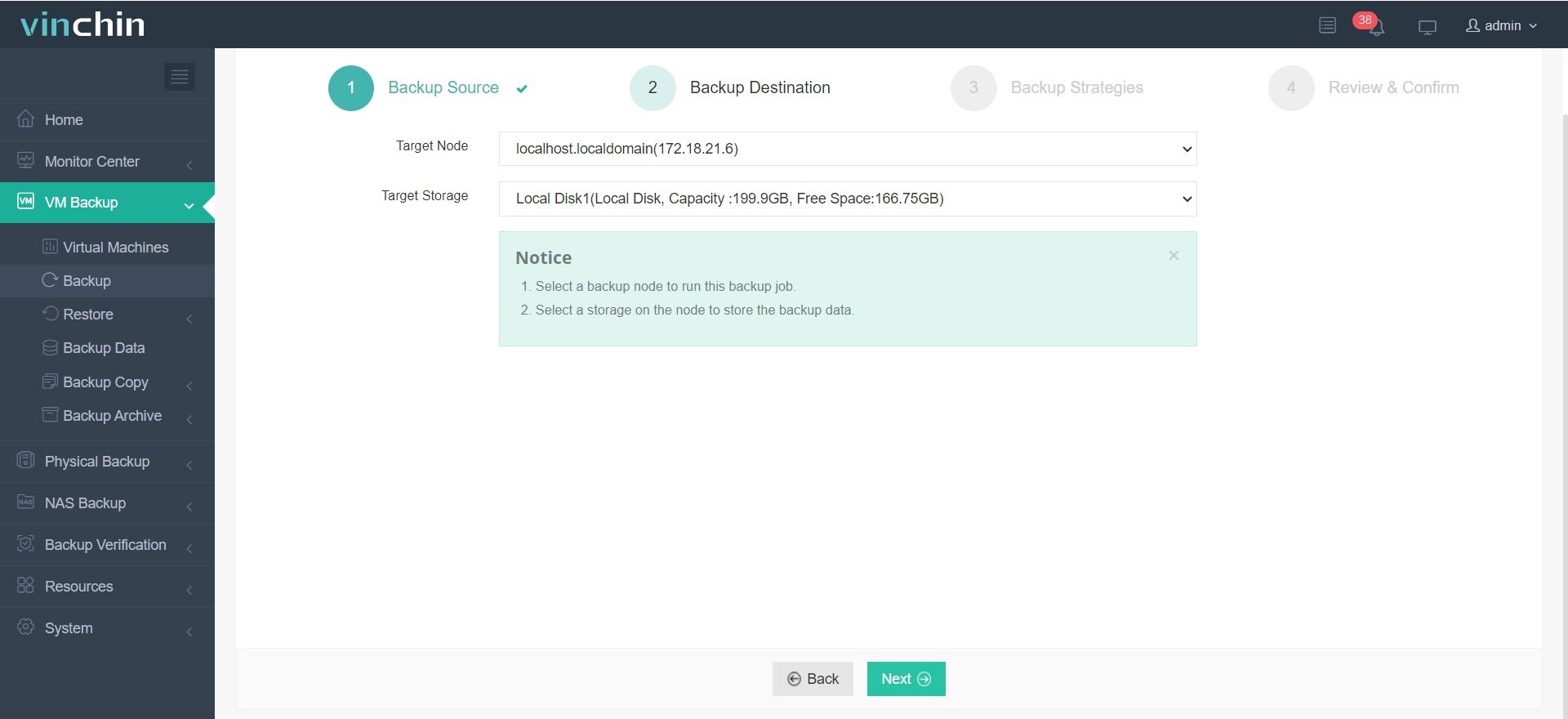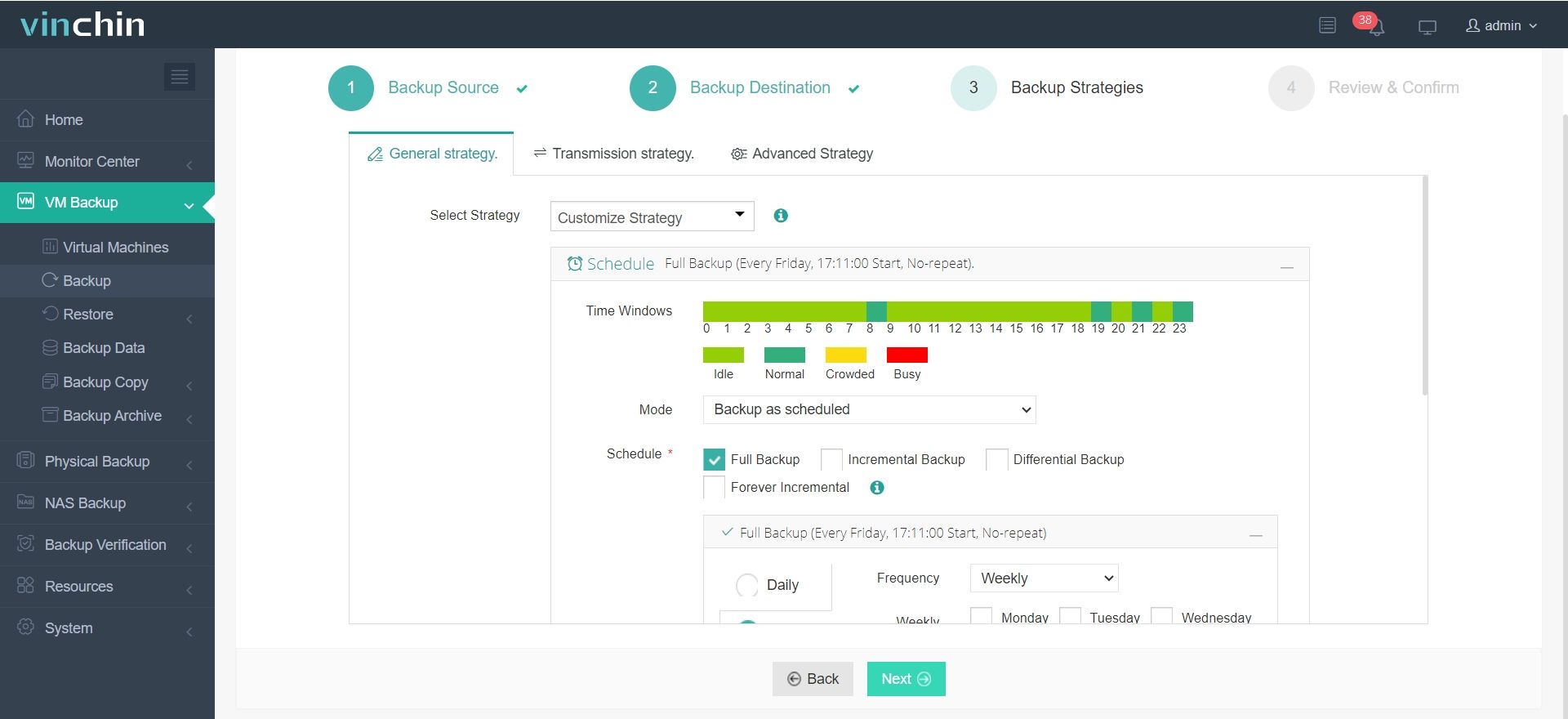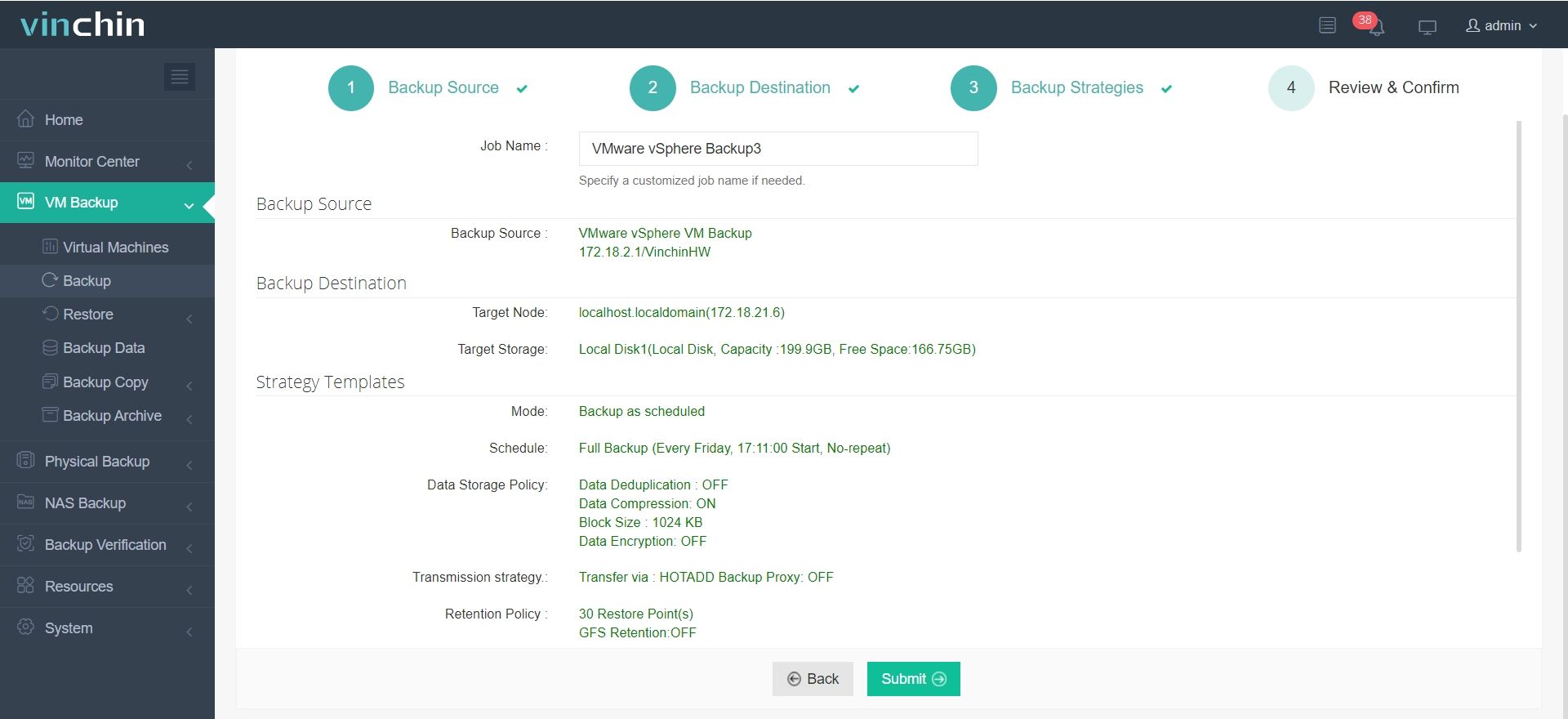-
What is synchronous replication?
-
What is asynchronous replication?
-
Is synchronous replication always better than asynchronous replication?
-
How to protect data with Vinchin Backup & Recovery?
-
Synchronous and asynchronous replication FAQs
-
Verdict
IT environment is vulnerable without protection. Replication is a common solution for business continuity protection. There are asynchronous and synchronous replication to choose. Each one of them has different advantages and disadvantages. See which one is better for your IT environment.
What is synchronous replication?
You can tell from the name of this concept that synchronous replication means replicating data to the secondary server at the same time. When the data is going to be written into the primary storage, it will be also written into the replication server simultaneously.
Compared with asynchronous replication, it has more strict requirements in data transmission. For example, it requires high bandwidth to keep the data synchronized. This also means that companies need to devote more money to building IT environment.
The benefits of synchronous replication are obvious. Because there is the same copy on the secondary server, after disaster happens to data center, RPO, Recovery Point Objective, can be decreased to nearly zero. With good failover configuration, the failed VM can be immediately restarted on another server. Then the workload continuity is protected.
What is asynchronous replication?
Unlike synchronous replication, asynchronous replication won't keep the same data on the secondary server at the same time. Data change will be written into the primary storage first and then replicated to the secondary server. According to the actual situation, data will be replicated to the secondary host after an expected latency.
If you are using Hyper-V virtual environment, there is the internal server replication solution Hyper-V Replica, which uses asynchronous replication as the data transmission mode.
Compared with synchronous replication, asynchronous replication cost less money in IT environment deployment because the bandwidth requirement is not so high. This replication mode can be used to replicate ordinary applications.
Asynchronous replication is widely used in long-distance data transmission. Companies that have offsite data center will use asynchronous replication mode to transfer data from local data center to remote data center.
Is synchronous replication always better than asynchronous replication?
Sometimes you can believe that the more expensive, the better because you get what you pay for. RPO is one of the important points in disaster recovery. If you can't tolerate any data loss, you can select synchronous replication.
Asynchronous replication is more cost-effective for small business. After all, a little data loss is not acceptable. If there is no requirement for zero RPO, asynchronous replication can be a good choice.
How to protect data with Vinchin Backup & Recovery?
Vinchin Backup & Recovery is the professional disaster recovery solution for virtual environment which can help backup VM in up to 11 mainstream virtual environments including VMware vSphere, Hyper-V, Citrix XenServer, Red Hat Virtualization, Oracle Linux KVM, etc. There are also specific options for SQL server, Oracle, MySQL, PostgreSQL database backup.
You can add just the server into Vinchin backup server and then backup the VMs on it agentlessly but if you wish to replicate virtual machines, you need to install agents on them to perform full machine replication like physical server.
There are many backup strategies for you to make the most suitable backup plan for VM including full backup, forever incremental backup, differential backup, scheduled backup, data compression, data deduplication, etc.
Vinchin Backup & Recovery is the excellent solution for multi-hypervisor environment backup. Different virtualization solution has different internal backup solution, but with Vinchin Backup & Recovery, all the servers on different virtualization platforms can be added into the same backup server. On a user-friendly web-console, you can easily make backup plan for every server.
For multi-hypervisor environment management, Vinchin Backup & Recovery allows performing Cross-Platform Migration (Hyper-V is not supported for now). Your hardware resources can be further utilized. You can freely migrate VM between hosts of different virtualization platforms to make VM have the best performance.
Vinchin Instant Recovery technology can help greatly reduce RTO, Recovery Time Objective, by recovering VM of any size from its backup in 15 seconds.
If you would like to build an offsite data center to storage the copy of backup files, Vinchin Backup & Recovery will also help you easily transfer data.
It is easy to backup VM data in 4 steps:
1. Select the VM

2. Select the backup storage
3. Select the backup strategies
4. Submit the job
Vinchin Backup & Recovery has helped thousands of companies build backup system and earned good reputation. We invite you to test Vinchin Backup & Recovery to build your high-efficient virtual environment backup system with 60-day full-featured free trial.
Synchronous and asynchronous replication FAQs
Q1: Will replication protect against data corruption?
No, replication copies all data—including corruption—so pair it with integrity checks or backups to ensure clean restore points.
Q2: Does synchronous replication impact application performance?
Yes, it can add write latency on the primary system due to network round-trip writes, which may affect high-I/O workloads.
Q3: Is asynchronous replication compliant with strict RPO requirements?
No, asynchronous replication allows latency-based data lag and may not meet zero-RPO mandates for critical applications.
Verdict
Synchronous replication will always keep the same data on both sites to decrease RPO in disaster recovery while asynchronous replication is a better strategy for long-distance data transmission. There is no absolute right solution for all the companies. You just pick the one that suits your virtual environment.
Vinchin Backup & Recovery can also help replicate VM in many popular virtual environments. You can also use it to replicate VM to another host. Don't miss the free trial.
Share on:







